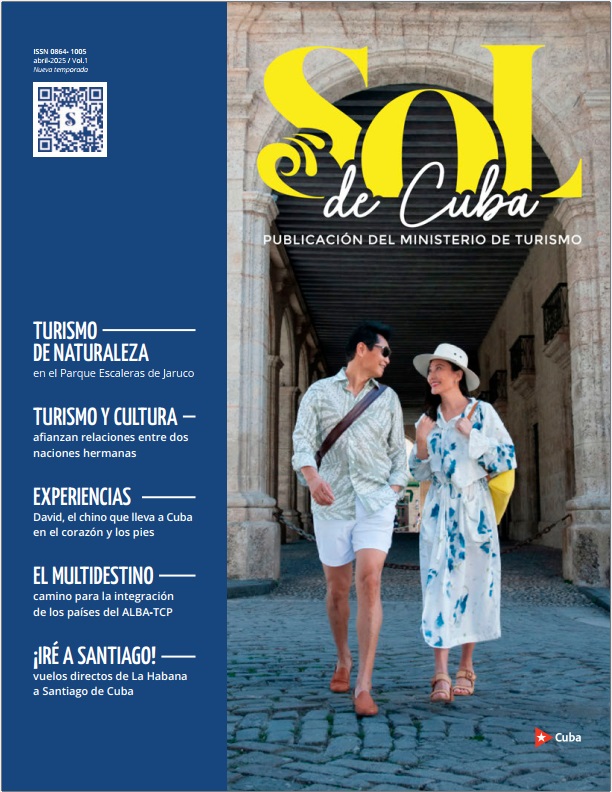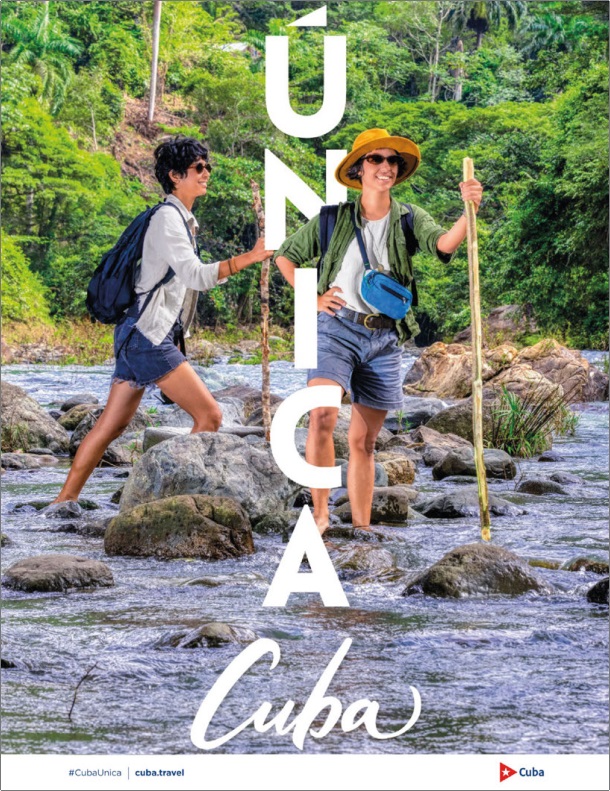Steps between hillocks
Options for nature tourism in the Escaleras de Jaruco Park
Posted by Daily Pérez Guillén, April 23, 2025
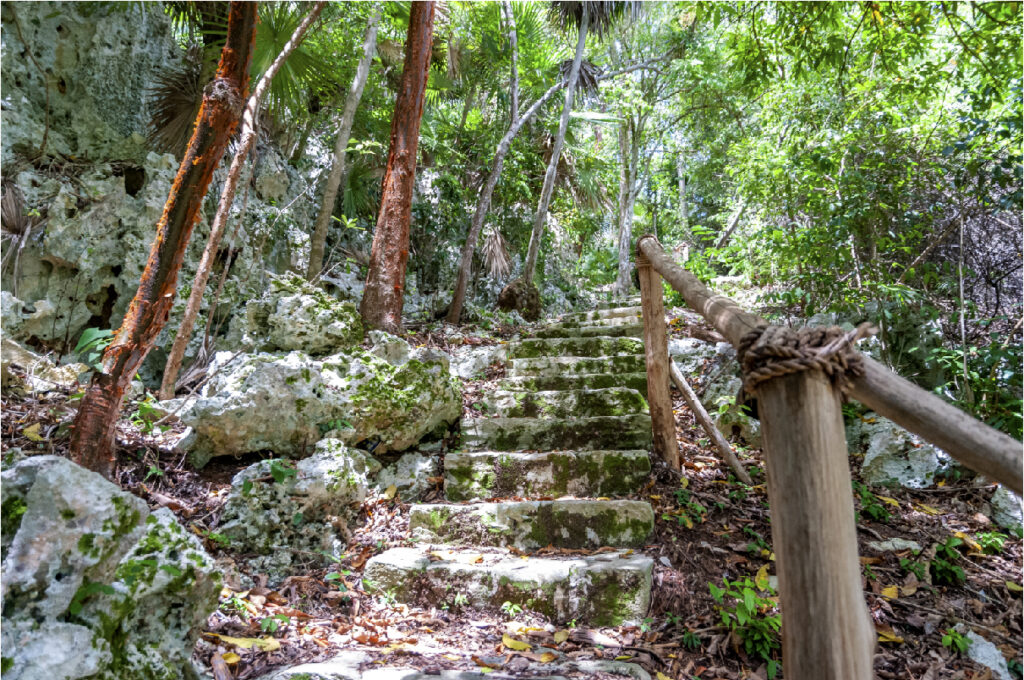
Three hundred meters above sea level, the Escaleras de Jaruco Park offers all its attractions to national and international tourism. Only 45 kilometers east of Havana, those who love nature will find in this destination located in the province of Mayabeque an ideal place to enjoy typical Cuban flora and fauna.
The chirping of birds is part of the soundtrack that accompanies hikers in this Protected Natural Landscape, where the Gran Caribe Hotel Group manages restaurants, cafeterias, a recreational park and other facilities.
This 1.2-hectare area was created in the 1970s following a proposal made by the historic leader of the Cuban revolution, Fidel Castro. “He realized that a tourist center could be created here that would first of all protect the flora and fauna, as well as allow access to people, always with the premise of protecting the environment, that is, that the small valleys between the hillocks of this mountain range and the caves would be used,” recalled Gerardo Castro Caraballo, a worker at the site.
In keeping with this premise, the facilities that still stand today were built using natural elements such as stones, palm leaf and Creole roof tiles.
Yosjady Ferrer García, vice president of Marketing of the Gran Caribe Hotel Group, explained that after an investment process for its restoration, the area will include new elements for visitors of all ages: a climbing wall, single-themed gastronomic service areas, mobile gastronomy services, as well as Creole and typical Arabic restaurants.
“For a second stage of investment, we will continue to refurbish the park and its areas, including the Escaleras de Jaruco Hotel,” the vice president noted, who also mentioned that commercialization will be carried out through national travel agencies, including transportation.
The presence of caves are a special attraction
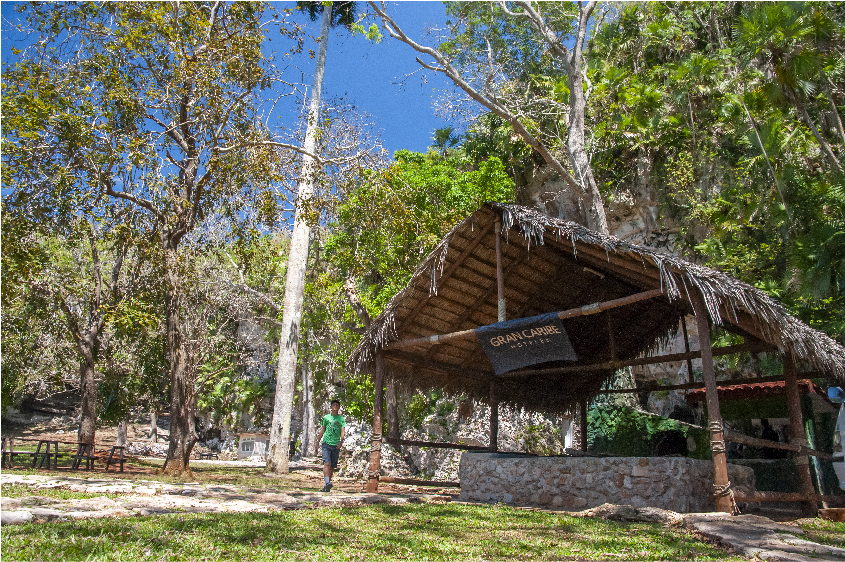
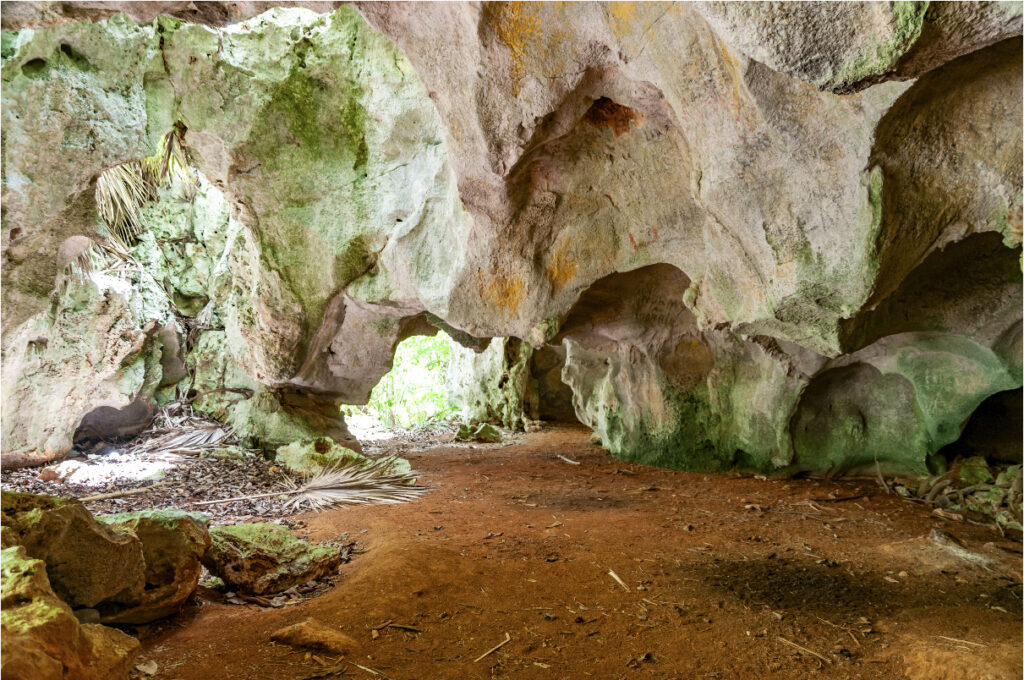
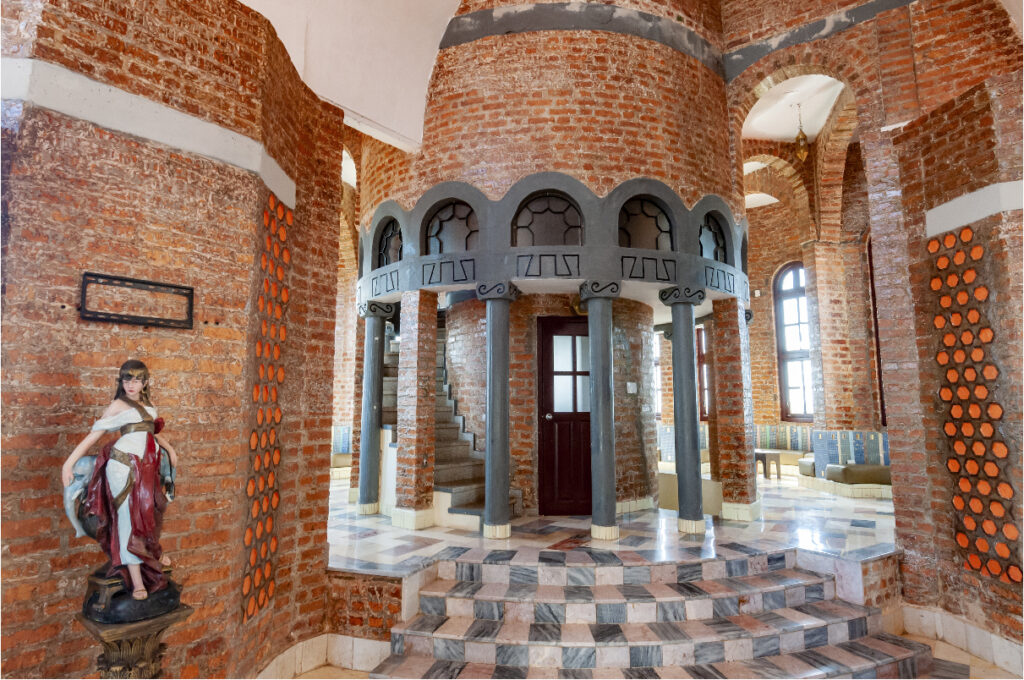
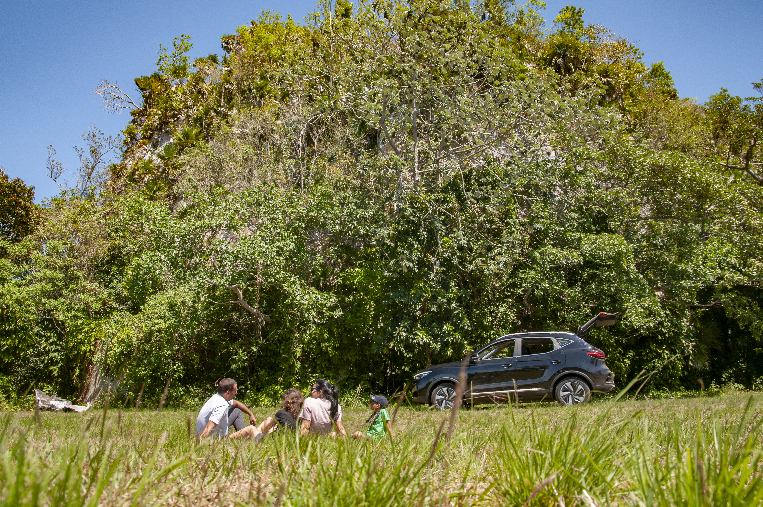
The presence of caves are a special attraction. One of the deepest caves in the western part of the country is located here, known as Cueva del Cura. Another cave of great cultural value is the Cueva del Águila, where the contemporary artist Ana Mendieta carved the sculptures “Las Mujeres de Piedra” (Women of Stone). These ecosystems are home to a large community of cave-dwelling species, the most outstanding of which are 13 varieties of bats.
With pleasant temperatures, travelers venture on ecotourism routes along trails that open paths between the hillocks through lush forests, limestone hills and deep caves. Species endemic and native to the area can be spotted or discovered among the foliage if you look carefully. Eighteen plant species of priority conservation grow here, including a local endemic, “Agave jarucoensis”, and 10 Cuban endemic species.
Among the forests of trees, palms and abundant ferns, a very varied fauna also proliferates. The area has another interesting characteristic: everything seems to indicate that it is a migration station for animal species between the west and east of the archipelago. Birds endemic to Cuba, recognized for their extraordinary beauty such as the partridge pigeon, the banana sijú, the tocororo, the cartacuba, the green woodpecker and several types of bijiritas, can be captured in the photographic archives of hikers.
Most of the park’s facilities are located at the top of the cliffs, whic
